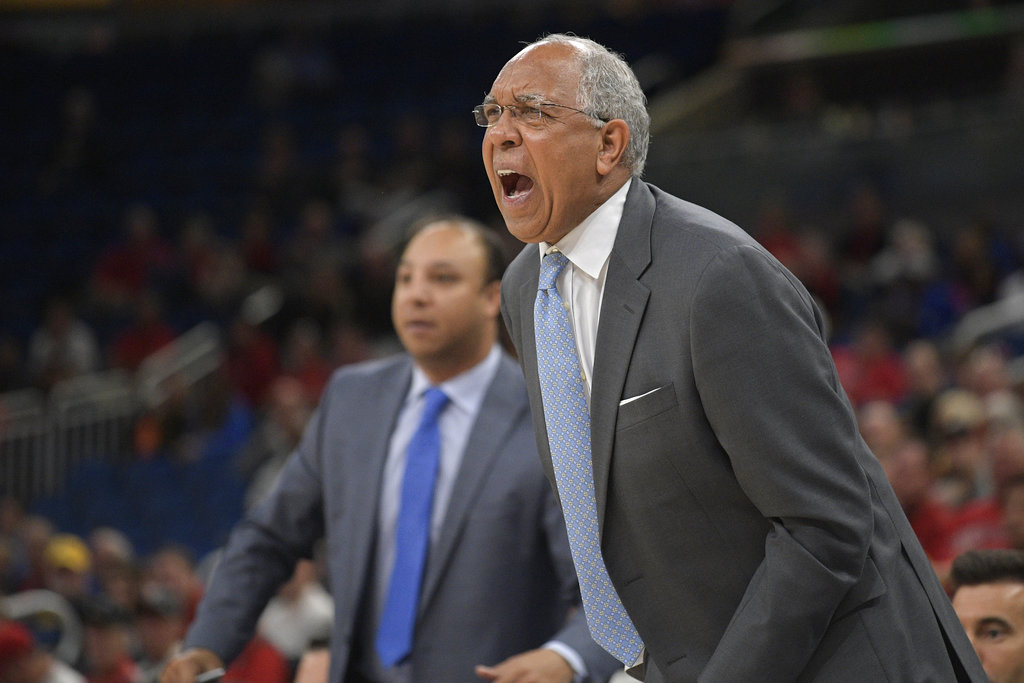Let’s focus on the bigger issues, Tubby Smith.
In early March, Smith, then-University of Memphis basketball coach, told reporters that NCAA transfer rules teach players “to quit.”

If a Division I basketball player wishes to transfer to another D-I school to continue playing, they must sit out a full year before returning to play. However, if you have earned a bachelor’s degree at a given school and still have athletic eligibility remaining, you can transfer to another division one school and play immediately. The nuances of the rule are never-ending, but those are the most important ones.
Smith, at a time when the fate of his team making the NCAA tournament was in question, was asked how many of his players would return to the team next season. The question hit home for Smith, who was fired on March 14. He saw six players transfer out of his program last season.
“I’ve been in this business a long time, never seen anything like it,” Smith told ESPN reporters. “We had over 800 Division I players transfer last year. We’re teaching them how to quit. That’s what we’re doing. Things not going well, let’s quit.”
This is a problem worth examining. But with the current state of the NCAA and its relationship to student-athletes, there could not be a worse time. The NCAA has numerous issues that need to be addressed before the transfer rule is changed.
Over the next month, the NCAA will bring in around $900 million in revenue from March Madness according to CBS News. Some participating teams will earn around $1.5 million just for appearing in the tournament. Teams that make it to the Sweet 16 will earn about $5 million, and teams that make it to the Final Four will earn about $8 million.
According to a report done in 2013 by the National College Players Association, the fair market value for the average D-I men’s basketball player is $289,031 per year. The average scholarship those players received was $23,204 per year. I’m not a math guy, but those numbers don’t seem to be quite fair. Of course, players receive other benefits like tutors, gear, equipment and facilities, but in most cases that still doesn’t even come close to closing the gap.
I’m not saying the NCAA should start paying the players salaries, but at least try to find a way to compensate them closer to their actual value. For example, give the student-athletes the right to sell their own image like the universities already do.
Critics will say this would come at the expense of non-student athletes. While that may be true, that discrepancy, along with the transfer rule, should be addressed after the compensation issue is resolved .
Nevertheless, Smith wants to complain about transfer rules because he can’t seem to get players to stay on his team. Here’s an idea: Be a better coach. Shocking, I know.
NCAA basketball players have never been more undervalued, yet Smith thinks this would be a good time to rant about how players have too much freedom when it comes to transferring.
This might be the case, and Smith might be right, but now certainly isn’t the time.
The NCAA has a long list of problems to solve, and fixing the transfer rule should be nowhere near the top.
Brady Halbmaier can be reached at halb2084@stthomas.edu.



